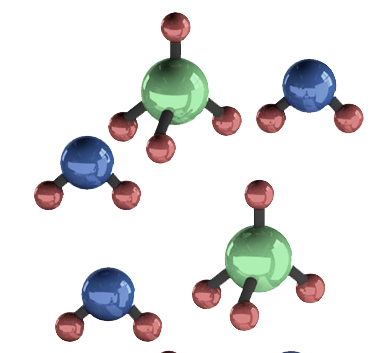
Ammonia has been gaining increasing attention as a fuel alternative to fossil fuels and a possible solution for the challenging prospect of using vast supplies of renewables to generate hydrogen in quantities that have never been produced previously and moving it safely around the world. In a recent article, Prof. Douglas R. Macfarlane, an expert in green ammonia synthesis and my former mentor, discusses the potential of ammonia as a carrier for hydrogen and as a fuel in its own right.
Ammonia can be used to fuel relatively traditional internal combustion engines with minor modifications. The main product of burning ammonia in an engine is nitrogen, which is not a greenhouse gas. Ammonia’s ease of handling and transportation in bulk is an advantage over hydrogen. Among energy-importing countries, Japan in particular has been clear about its preference for a hydrogen carrier such as ammonia as part of its energy mix, beginning before the end of this decade.
Ammonia’s prospects as a major transportation fuel were highlighted when the International Maritime Organization released plans that began to focus on ammonia as a shipping fuel of the future. Liquid ammonia is a good fit for other forms of heavy transport where batteries cannot provide the needed range. In addition, ammonia offers a pathway to power production in energy-importing regions. Japan has demonstrated co-firing of coal-fired power stations with ammonia, offering a way to transition toward renewables as substantial quantities of renewable ammonia become available.
The traditional approach to ammonia production involves the Haber-Bosch process, which uses large amounts of energy to convert natural gas and water to ammonia and carbon dioxide. The research community is looking toward more direct approaches to ammonia production from renewables. In principle, the Haber-Bosch process for producing ammonia is both capital and energy intensive, and the quantities required to fuel a modern-day Haber-Bosch plant require a multi-gigawatt power source, which can become renewables-driven where green hydrogen is available in large quantities.
In conclusion, ammonia has great potential as a no-carbon-emissions alternative to fossil fuels, and promising technologies for increased ammonia production using renewable energy are being researched. Ammonia could make its place – and perhaps a leading place – as an easily transported fuel for use to decarbonise transportation worldwide.
The full article can be found here: https://doi.org/10.1080/00963402.2022.2155005